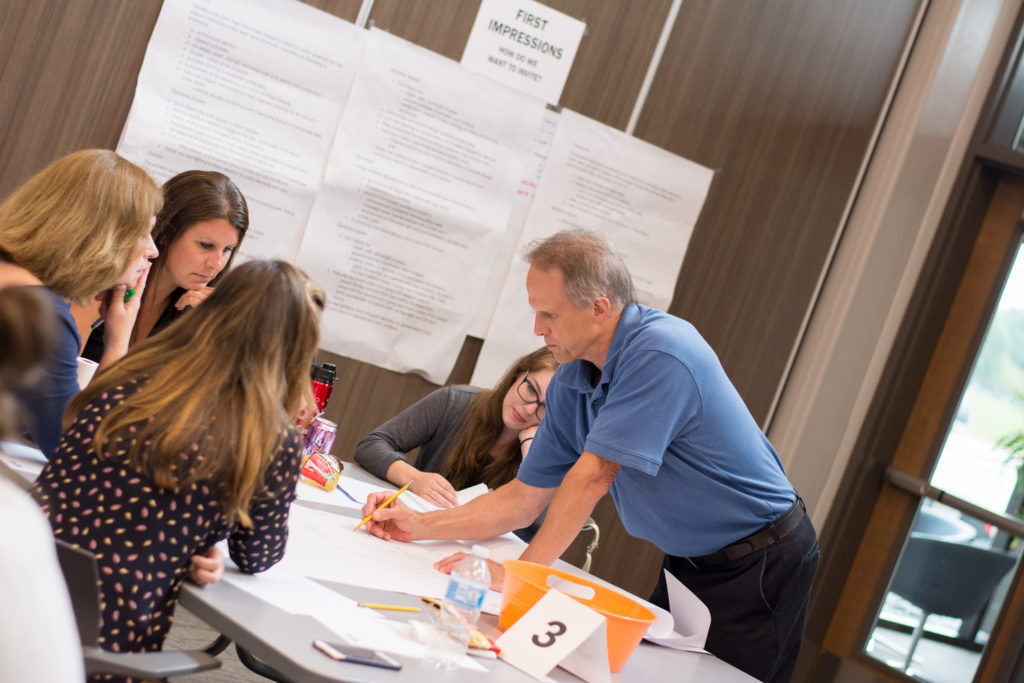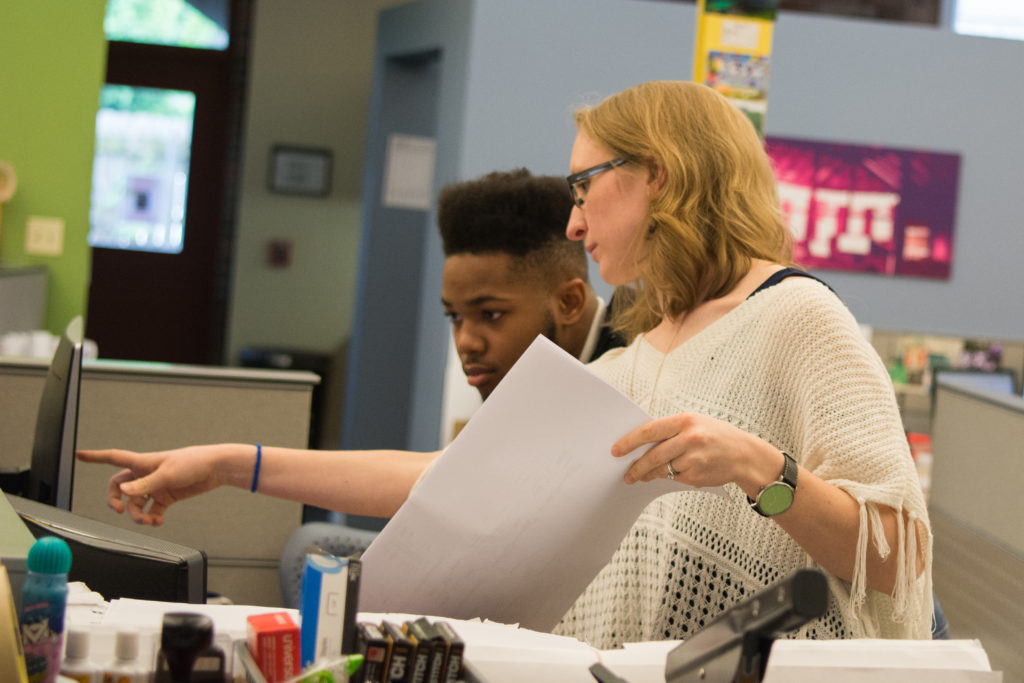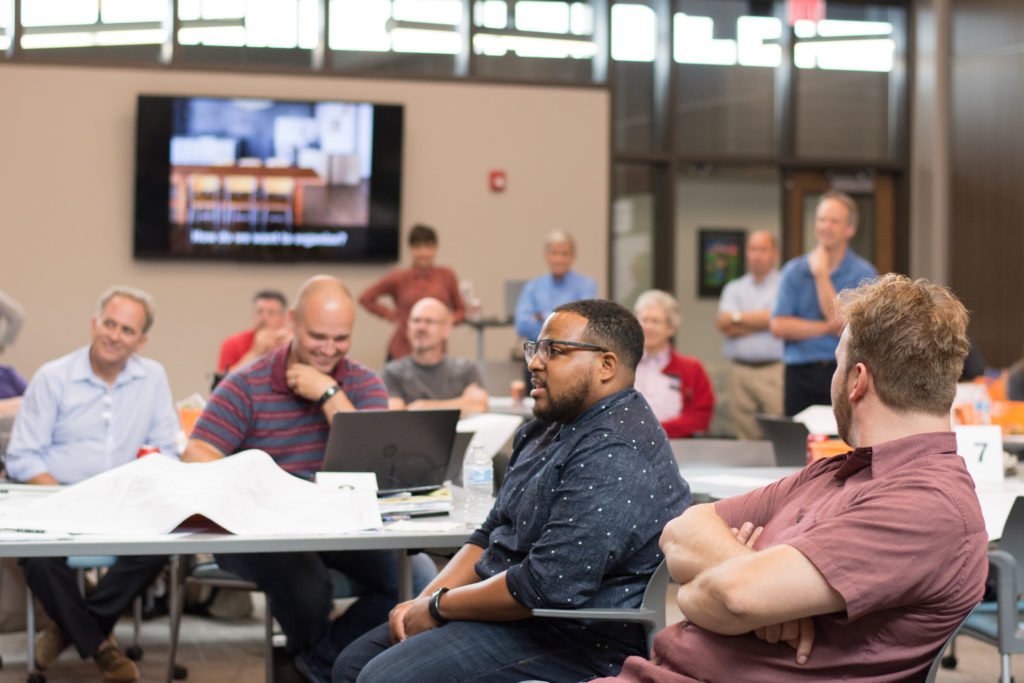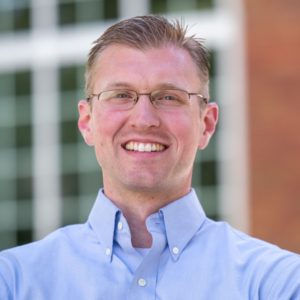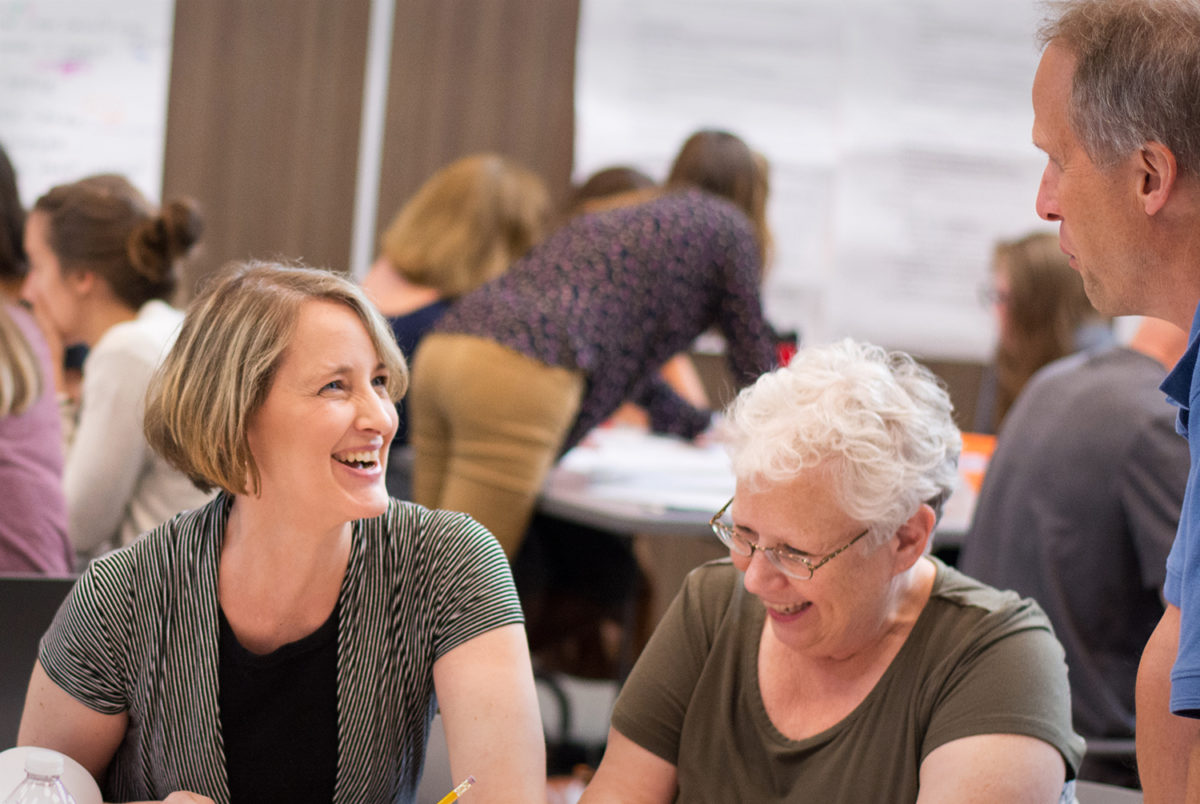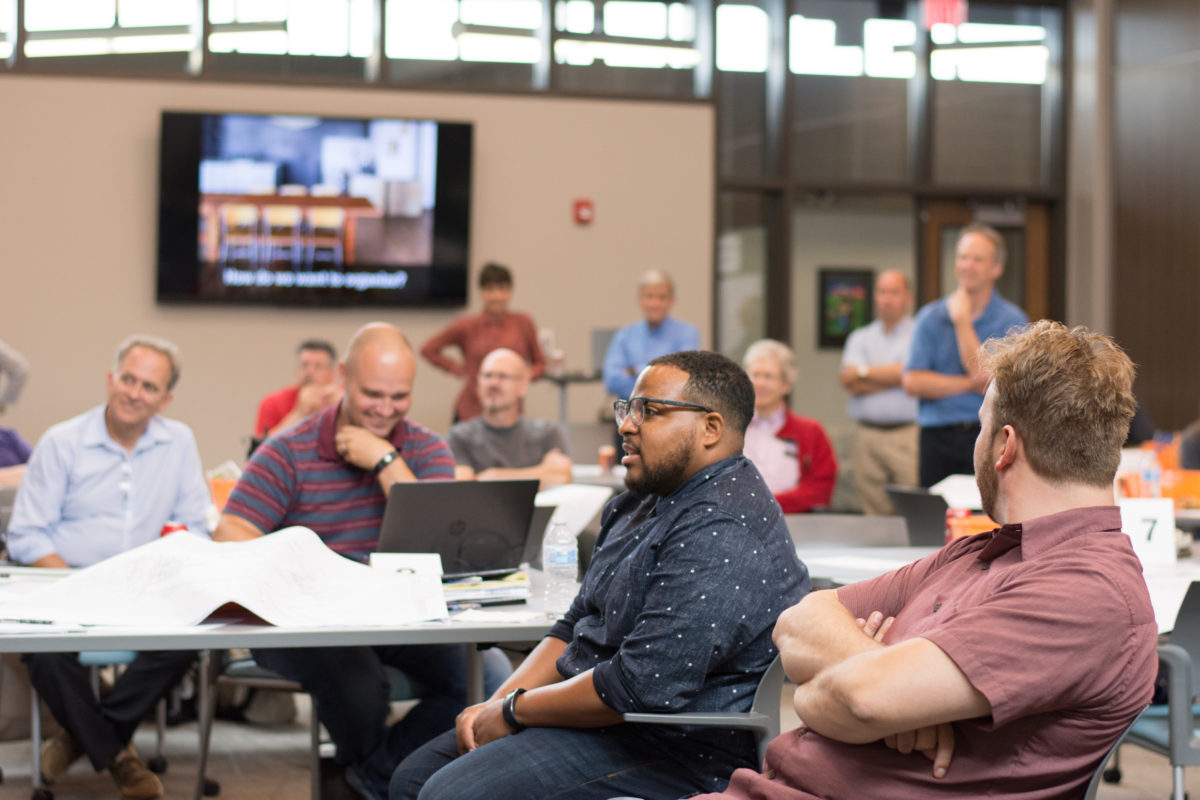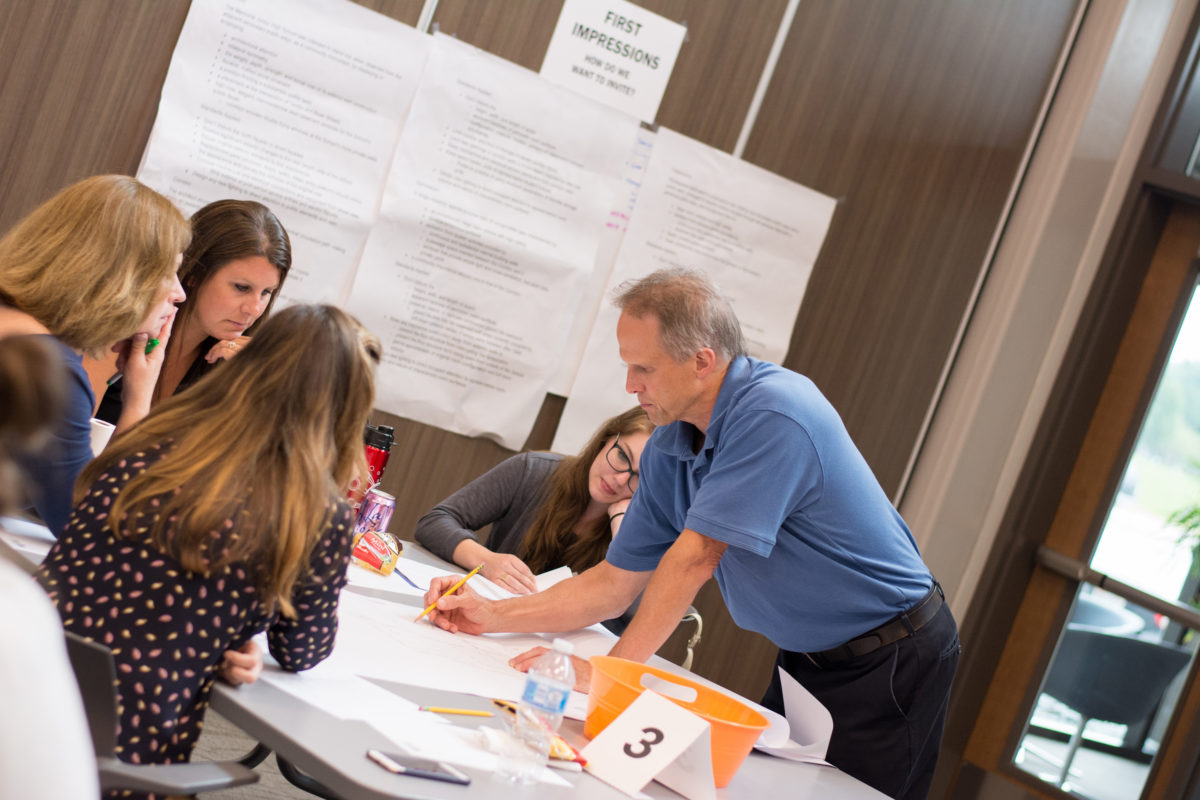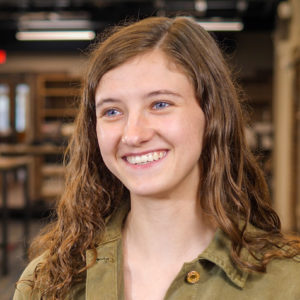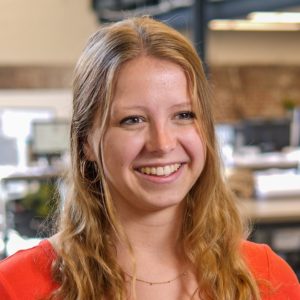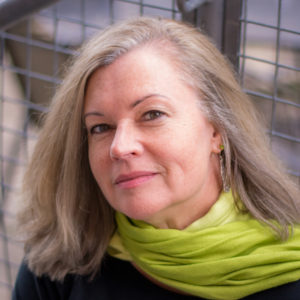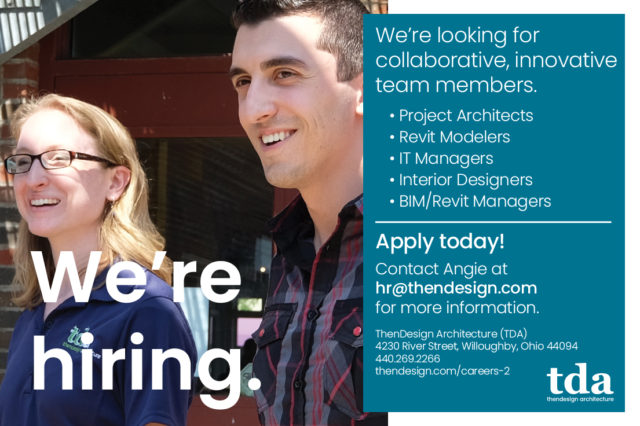ThenDesign Architecture Values Workshop
“Decades ago, we founded a firm that was employee-centric and this came at the time when that was a radical idea,” commented Robert Fiala, founding partner of ThenDesign Architecture. “He continues, “Several years ago, our leadership team started exploring aspirational words that identify our core values. Today we are talking about what these words mean for our behavior, and how we live them out on a daily basis.”
As a firm that routinely works with school districts, their communities, and other public entities, collaborating with a diverse group of people is commonplace.
Our team of architects, interior designers, construction administrators, communications, and administration staff gathered on June 28th to participate in a workshop facilitated by Dr. Bethany Klynn, PhD., president of Insight Leadership Consulting. The session was designed to explore the behaviors attached to the shared values exemplified in our work. As an opportunity to engage with and learn from each other, the session provided an avenue to better identify our individual strengths and ways to work together.
Core Values are Important to Organizations
Dr. Klynn recognizes that defining and ascribing behaviors to core values is essential for many reasons. “I think core values are important to a company because they appear in so many ways. They appear from an individual’s behaviors, to how teams work together, to how you show up in front of clients, and why people are attracted to your business.”
“Sometimes, these traits identify why teams stay together for so long. They say, ‘This is just what really matters to me.'”
At the end of the session, Chris Smith, president of TDA, remarked, “All of us can see how we lived our core values today. We saw signs of leadership when people came up to speak, the creativity in our answers, and teamwork and collaboration as we developed ideas together. It is fascinating to hear the diversity of opinions on these topics, which strengthens what we do.”
Common values bind teams together in the office and also contribute to an active and fun working environment. Activities outside work also serve as an opportunity to show our values in action.
Core Values are Important to Individuals
Organizational values are important to cohesive teams but an individual’s personal values also contribute to their team. Many times our personal values connect with the organizations we work for. Bethany continues, “It is important to understand your personal core values and recognize they will change. Sometimes they shift at different stages of life or when you learn something new. They will drive how you make decisions and respond in certain situations.”
“It is important to live your values now, but it is important to pay attention to how they evolve over time.”
Ultimately, team members who exemplify common values accomplish more together and create a stronger team.
Robert Fiala has recognized this after years of building successful teams. “Values create community, and that is what we are doing here today. We are a village and community. One of the discussions that came up consistently was how all of us exemplify our principles without ever having to explain them to each other.”
“Today was about having a discussion and putting words to them.”
He was encouraged by the engagement, diversity of opinions, and the direction of the firm’s future. “It was great to see that what we created so many years ago is very much alive today.”
Let’s work together to make education better. Interested in speaking with us? Get in touch!
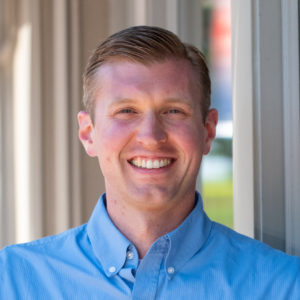
Ryan Caswell
Communications
Get our newsletter with insights, events and tips.
Recent Posts:
Brunswick High School Senior Seminar Presentations
New Mentor High School Baseball Field Opens
North Ridgeville Visual Preference Exercise
Meet the Designers: Katherine Mitchell
Garfield Heights High School Stadium Groundbreaking

Ryan Caswell
Ryan is a communications specialist who is passionate about using digital media to further the goals of organizations and communities in Northeast Ohio. With a background in construction and a degree in architecture, he spent over a decade in a corporate video environment and brings a production mindset to videography, editing, photography and content marketing. He is passionate about supporting the arts, and can be found hiking in the Ohio parks system.
